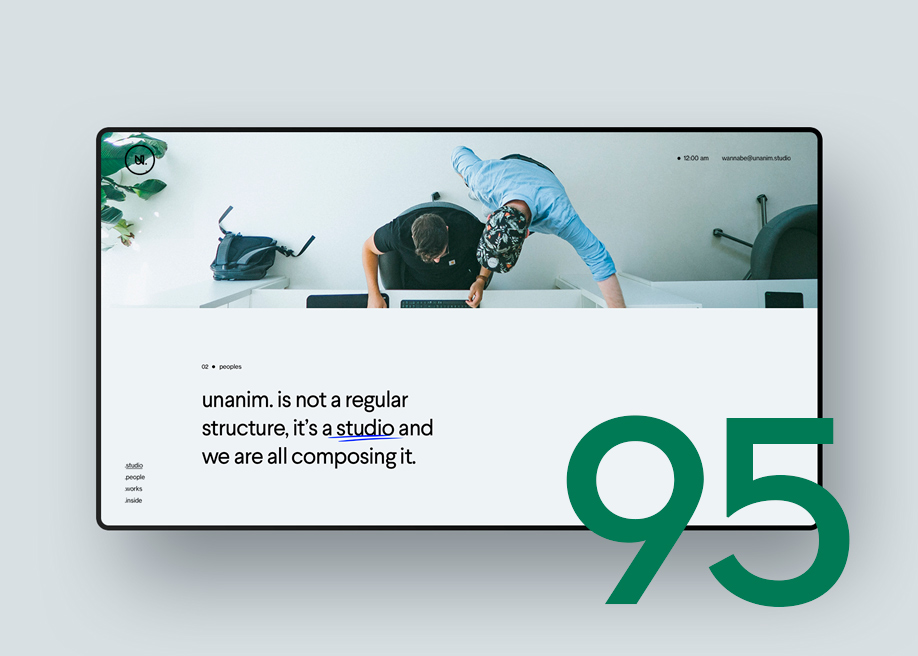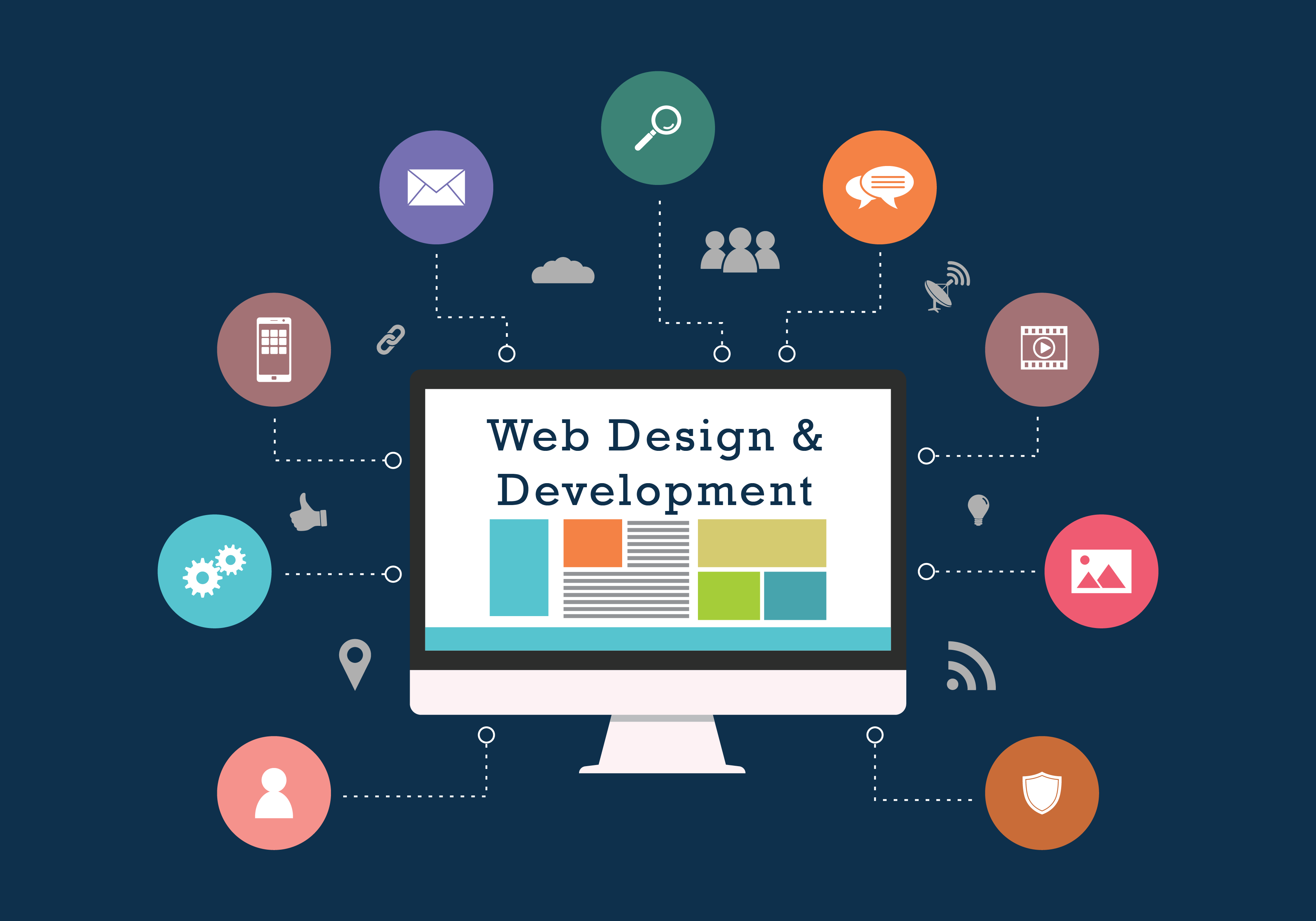Enhance Customer Experience With Creative Website Design Solutions
In an electronic landscape where individual experience reigns supreme, the function of imaginative web style solutions can not be understated. The journey to crafting engaging web experiences begins with a tactical mix of advancement and compassion, leading the method for significant links between individuals and brands.
Significance of User-Centered Design
Highlighting the significance of user-centered style is paramount in creating electronic experiences that reverberate with and provide to the needs of the target market. User-centered layout concentrates on recognizing the habits, choices, and discomfort factors of customers to create remedies that resolve their details demands. By focusing on individual needs, developers can create user interfaces that are intuitive, accessible, and involving.

Additionally, integrating customer feedback throughout the style process is important for refining and improving the customer experience. By iteratively collecting and evaluating responses, designers can make educated choices that improve usability and total complete satisfaction - web design and seo services. Ultimately, focusing on user-centered layout brings about more successful digital experiences that resonate with customers and drive involvement
Utilizing Interactive Aspects
Recognizing the actions and choices of customers via user-centered style lays a solid structure for properly incorporating interactive elements into website design remedies. Interactive aspects such as computer animations, float results, sliders, and interactive forms can significantly enhance user engagement and produce a memorable searching experience. By tactically putting interactive elements throughout the site, designers can lead users via the content and motivate them to connect with the website.
One secret element of making use of interactive components is to guarantee that they offer a purpose and add value to the customer experience. For instance, interactive product showcases can help individuals explore various functions, while interactive infographics can make complicated information more absorbable. Furthermore, incorporating interactive aspects that react to customer inputs, such as interactive tests or individualized referrals, can additionally involve users and customize the experience to their needs.
Implementing Mobile-First Approach

Carrying out a mobile-first approach in website design includes focusing on the development of the site for mobile gadgets prior to desktop versions, aiming to maximize the customer experience on smaller sized displays. With the increasing use smartphones and tablet computers for surfing the net, making with mobile individuals in mind has come to be paramount. By beginning the design process with mobile phones, developers guarantee that the website is streamlined, tons rapidly, and gives crucial information and functionality upfront. This technique forces developers to concentrate on what really matters for the user, resulting in a much more instinctive and effective style.
Features like responsive style and touch-friendly navigating are focused on, enhancing the total customer experience. By implementing a mobile-first strategy, internet developers can create web sites that are not just visually attractive yet additionally very functional and available across various tools, ultimately leading to boosted customer satisfaction and involvement.
Optimizing Site Speed
To improve user experience and website efficiency, focusing on site rate optimization is critical in modern-day website design techniques. A fast-loading web site is crucial for keeping site visitors and boosting conversion rates. find out here Among the essential factors in enhancing site rate is lessening HTTP requests by reducing the number of aspects on each web page. This can be attained by incorporating numerous style sheets into one, making use this page of CSS sprites for pictures, and reducing manuscripts.
Additionally, making it possible for browser caching enables returning visitors to pack the internet site much faster by keeping a version of the website in your area. Pressing files and images, using tools like Gzip, can dramatically minimize filling times without endangering high quality - web design and seo services. Furthermore, optimizing code, such as HTML, CSS, and JavaScript, can boost web site rate by eliminating unneeded personalities and areas
Consistently keeping an eye on and examining site efficiency through tools like Google PageSpeed Insights or GTmetrix can aid identify locations for renovation. By prioritizing site speed optimization, internet designers can produce a smoother, more reliable individual experience that eventually causes boosted interaction and fulfillment.
Enhancing Visual Power Structure
By tactically arranging components on a web page, web designers can successfully enhance aesthetic pecking order, guiding users via content with quality and emphasis. Visual hierarchy plays an important function in guiding user focus, guaranteeing that one of the most important info attracts attention while keeping a feeling of order and balance on the web page. To accomplish this, designers make use of different design concepts such as dimension, shade, comparison, placement, and spacing.
Size is a vital aspect in establishing aesthetic hierarchy, with larger elements typically drawing even more attention. By making important aspects larger, designers can right away record customers' focus. Shade also plays a considerable function, as contrasting colors can develop aesthetic passion and emphasize specific material. Contrast, whether via color, size, or font weight, assists differentiate between components and focus on information.
In addition, alignment and spacing contribute to a clean design that guides customers seamlessly through the content. Correct alignment makes certain a sensible flow of info, while sufficient spacing stops mess and enables easier navigating. By meticulously taking into consideration these layout concepts, internet designers can develop user-friendly and visually enticing sites that improve the total user experience.
Conclusion
To conclude, prioritizing user-centered layout, interactive components, a mobile-first strategy, web site rate optimization, and visual pecking order are important components in enhancing the user experience with creative website design services. By focusing on blog these facets, sites can much better engage users, enhance use, and inevitably drive success. It is vital for web developers to continuously innovate and adjust to advancing fads to ensure a seamless and delightful experience for visitors.

By thoroughly thinking about these design principles, internet designers can create visually attractive and easy to use web sites that enhance the overall individual experience.
In conclusion, prioritizing user-centered layout, interactive elements, a mobile-first method, site rate optimization, and visual power structure are necessary parts in improving the individual experience via imaginative internet style options.
 Molly Ringwald Then & Now!
Molly Ringwald Then & Now! Romeo Miller Then & Now!
Romeo Miller Then & Now! Val Kilmer Then & Now!
Val Kilmer Then & Now! Burke Ramsey Then & Now!
Burke Ramsey Then & Now! Brooke Shields Then & Now!
Brooke Shields Then & Now!